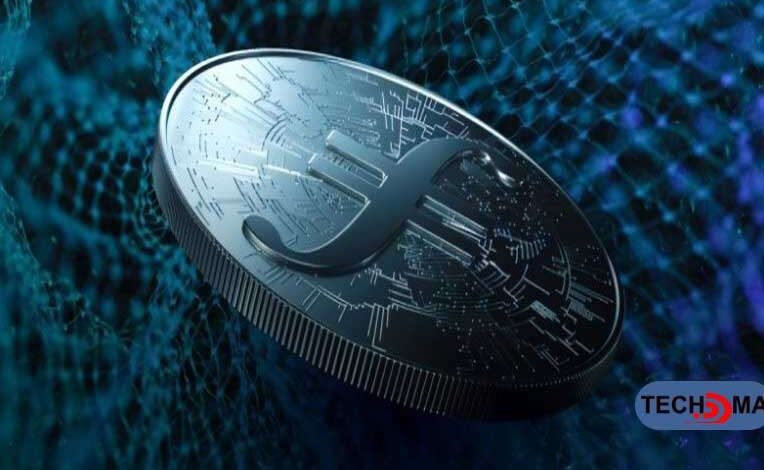What is Filecoin (FIL)?

Filecoin is a decentralized, peer-to-peer digital storage market using blockchain technology. It is built on top of the InterPlanetary File System (IPFS) and allows users to rent unused hard drive space and earn FIL tokens in return. Let’s see how Filecoin aims to revolutionize online storage
Introduction
Filecoin can offer an attractive alternative to purchasing storage equivalents of Amazon S3 and DropBox. With the right infrastructure, anyone can buy and sell storage on the Filecoin network, setting their own prices and making their own contracts. Let’s see how it works.
What is Filecoin (FIL)?
Filecoin is a decentralized storage network that allows anyone to rent storage space. In the same way, anyone can buy network storage. Instead of having to trust just one company with important data, it can be split up and stored on different computers around the world.
Filecoin was first introduced in 2014 when Juan Benet released the white paper: Filecoin: A Cryptocurrency Operated File Storage Network. The proposal is a blockchain network similar to Bitcoin, but where nodes in the network can store data, guaranteed by a proof-of-recovery element. Filecoin is developed by Protocol Labs.
Filecoin is sometimes called an incentive layer on top of IPFS. This simply means that users are incentivized to rent their storage by paying in FIL tokens. IPFS is a peer-to-peer data storage and retrieval protocol built using a more decentralized approach. Unlike HTTP or HTTPS, it does not rely on central servers to store data.
Filecoin raised over $250 million in ICO 2017, which was a record at the time. The Filecoin network launched in October 2020.
How does Filecoin (FIL) work?
The Filecoin infrastructure is a distributed, peer-to-peer network whose main purpose is to provide a new way for organizations and individuals to store data around the world. When people have free storage, they can become storage miners, who are essentially responsible for storing data on the Filecoin network. Customers pay FIL tokens to both store and retrieve data.
Recovery miners are another class of participants. As you would expect, they facilitate the data recovery process between clients and storage miners and also receive a small amount of FIL for their services. Filecoin uses cryptography and storage providers do not have access to the decryption keys. Since it is a distributed system, files are kept safe in multiple storage locations.
What makes Filecoin potentially better than its mainstream competitors? Well, it offers a peer-to-peer cloud storage solution for businesses and consumers. Because the same item (storage) is offered by different sellers at potentially different prices, the consumer may benefit in the end. While sometimes you may not have enough storage for all your data, sometimes you will have excess and can sell it. This is the promise of Filecoin.
Why is Filecoin (FIL) important?
In recent decades, the way we store and access data has changed. In business, this has changed from storage, where companies have huge server rooms, to remote data warehouses and more diversified cloud storage around the world. Currently, most businesses use a combination of all of these. Similarly, consumer data storage has also changed with increased reliance on cloud storage.
This highlights cloud storage market superpowers such as AWS, HPE and Dell. Business customers typically choose one provider and stick with it for years, which stifles competition. Filecoin allows customers looking to buy storage to navigate the best deals on the go, regardless of who the storage provider is. This will likely create a more competitive cloud storage market.
Filecoin (FIL) Use Cases
Filecoin allows consumers to choose the best storage option instead of having to follow locked vendor contracts or high prices for on-demand storage. Organizations and individuals who have unused storage space are able to offer it to the network. By sharing their resources, they are rewarded in FIL. This might not be obvious at first, but you can also create DApps for storage! These include consumer storage applications, DeFi applications, decentralized video applications and more.
How to save Filecoin (FIL)?
Either you spend or earn FIL on the Filecoin network with storage activities or just trading are your chips, you’ll need somewhere to store them.
Filecoin recommends three wallets for FIL. Lotus, which can be used to run Filecoin nodes, can be connected to Ledger. The Glif wallet is a web based interface and can also connect to your Ledger if you don’t want to run Lotus. And Filfox Wallet is an online wallet that you can use for your TOKENS.



